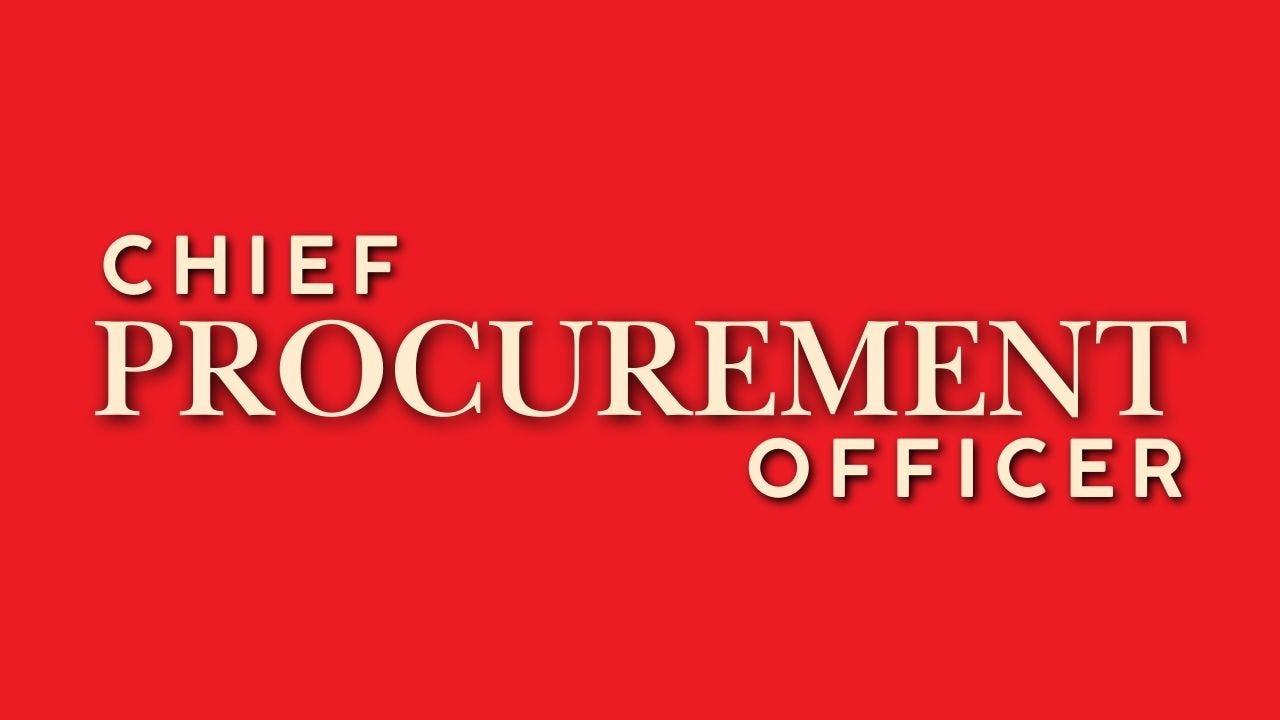Why Chief Procurement Officers Must Have a Seat at the Table in 2025
The corporate landscape of 2025 will be defined by volatility, complexity, and an unprecedented pace of change. Disruption, once an outlier, is now the norm, and supply chains are at the very heart of this seismic shift.
As organizations confront inflationary pressures, geopolitical uncertainties, sustainability imperatives, and digital transformation, one executive has emerged as pivotal to navigating these multifaceted challenges: the Chief Procurement Officer (CPO).
Historically, procurement was relegated to the back-office, tasked primarily with cost containment and operational efficiency. However, as we pivot toward 2025, the mandate of procurement has evolved far beyond tactical execution. It has become a strategic lever capable of driving innovation, resilience, and competitive differentiation. The case for the CPO to hold a seat at the executive table has never been more compelling—and here’s why.
1. Procurement as a Driver of Enterprise Value
The perception of procurement as a cost-cutting function is obsolete. Today’s leading organizations recognize procurement as a core driver of enterprise value. In 2025, procurement is not just about managing spend but about influencing the total value chain. From supplier innovation and risk management to sustainability and new market entry, procurement now directly contributes to topline growth.
CPOs sit at the intersection of supply and demand, wielding unparalleled insights into external market forces and internal operational capabilities. This vantage point allows CPOs to identify and mitigate risks ahead of the curve while unlocking new revenue streams through supplier-enabled innovation. When procurement influences product development, supplier collaboration, and customer engagement, it transitions from a cost center to a profit enabler.
2. Supply Chain Resilience as a Competitive Advantage
If the disruptions of the early 2020s taught us anything, it is that resilience is not just a supply chain consideration—it is a board-level imperative. The CPO is uniquely positioned to embed resilience into the DNA of the organization by orchestrating supply chain diversification, nearshoring, and advanced risk modeling.
Leading CPOs in 2025 leverage predictive analytics, AI-driven forecasting, and digital twins to anticipate disruptions and design agile responses. More than reactive mitigation, resilience in 2025 will be proactive, with CPOs creating ecosystems of suppliers that can flex and scale with shifting market dynamics. Procurement’s ability to architect these networks makes the CPO indispensable to ensuring business continuity and safeguarding shareholder value.
3. Sustainability as a Competitive Differentiator
Sustainability is no longer a CSR initiative—it is a business imperative driven by investor expectations, regulatory requirements, and consumer demand. By 2025, organizations that fail to embed sustainability into their procurement strategies risk obsolescence.
CPOs play a critical role in driving sustainable procurement practices, from decarbonizing supply chains to advancing circular economy principles. The CPO is the linchpin in forging partnerships with sustainable suppliers, reducing Scope 3 emissions, and ensuring ethical sourcing practices. This not only mitigates reputational risk but also enhances brand equity and creates long-term financial value.
4. Procurement at the Forefront of Digital Transformation
The digital transformation sweeping across industries is fundamentally reshaping procurement. In 2025, the CPO is not just a stakeholder in digital initiatives—they are a digital architect. Procurement functions are harnessing AI, blockchain, and IoT to drive unprecedented levels of efficiency, transparency, and agility.
By embedding digital tools across the procurement lifecycle, CPOs unlock real-time visibility into supply chains, automate decision-making, and drive supplier collaboration at scale. This technological prowess allows procurement to not only reduce costs but also accelerate innovation cycles and drive speed-to-market—key competitive advantages in a digital-first economy.
5. Risk Management as a Core Leadership Capability
Risk is the currency of the modern enterprise, and no function is better equipped to manage it than procurement. In 2025, CPOs are essential to enterprise risk management frameworks, providing critical intelligence on geopolitical shifts, regulatory changes, and supplier vulnerabilities.
CPOs are evolving into chief risk officers, leveraging data analytics to forecast disruptions and embed risk resilience into procurement strategies. Their leadership extends beyond procurement, influencing corporate strategy and M&A decisions by offering deep insights into the supply landscape and potential liabilities.
6. Collaboration as the New Currency
The siloed approach to procurement is no longer viable. In 2025, the CPO operates as a cross-functional leader, driving collaboration across finance, R&D, marketing, and operations. This holistic approach ensures that procurement aligns with overarching business goals and facilitates innovation across departments.
Supplier collaboration is equally critical. Leading CPOs create symbiotic relationships with strategic suppliers, fostering joint ventures and co-innovation initiatives. These partnerships not only enhance operational efficiency but also drive market differentiation.
In 2025, the role of the CPO transcends procurement—it is a linchpin of corporate strategy. As organizations grapple with dynamic market conditions, CPOs provide the foresight, agility, and innovation necessary to thrive. Excluding the CPO from the executive table is no longer an option; it is a strategic liability.
For forward-thinking organizations, elevating the CPO to a board-level position is not just about representation—it is about harnessing the full potential of procurement to drive enterprise-wide transformation.
In the years to come, the organizations that empower their CPOs will not only survive—they will lead.
Razum Rajan,
Managing Director at Competitors View




